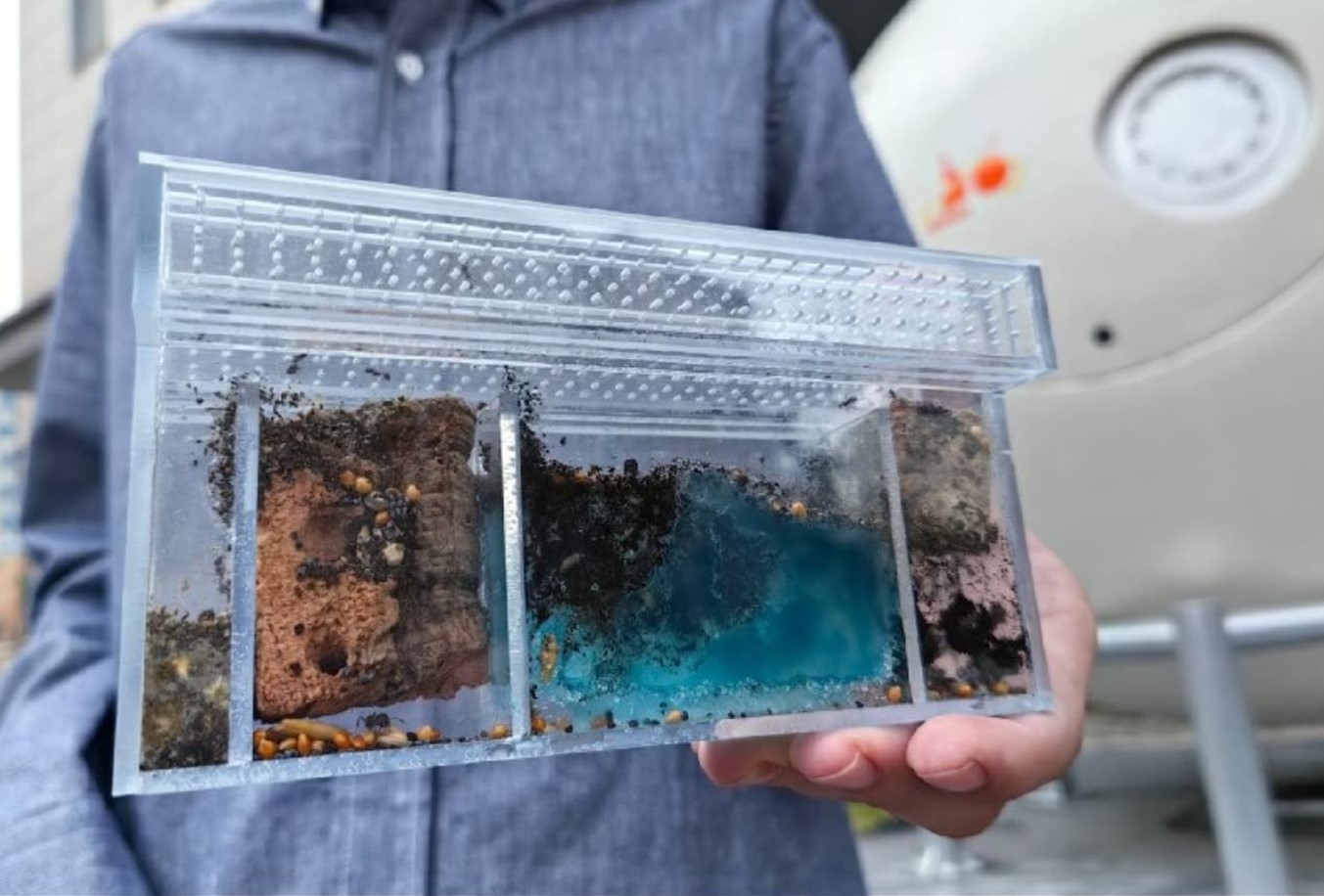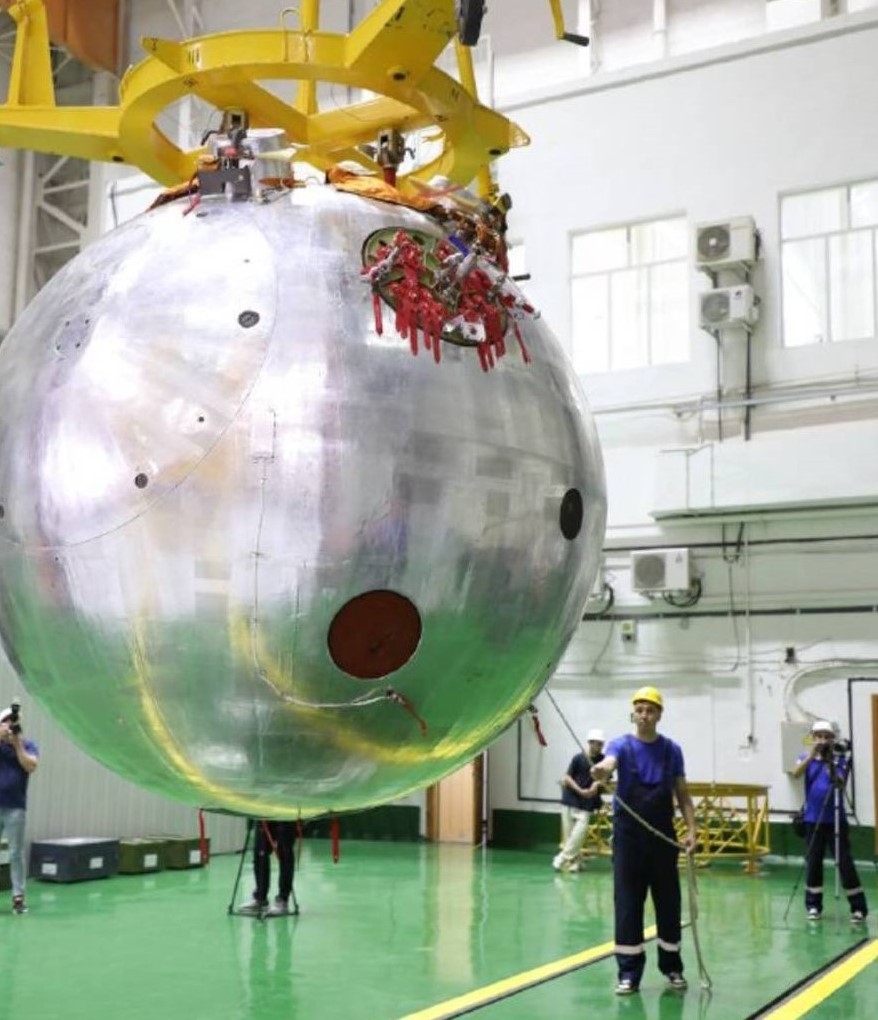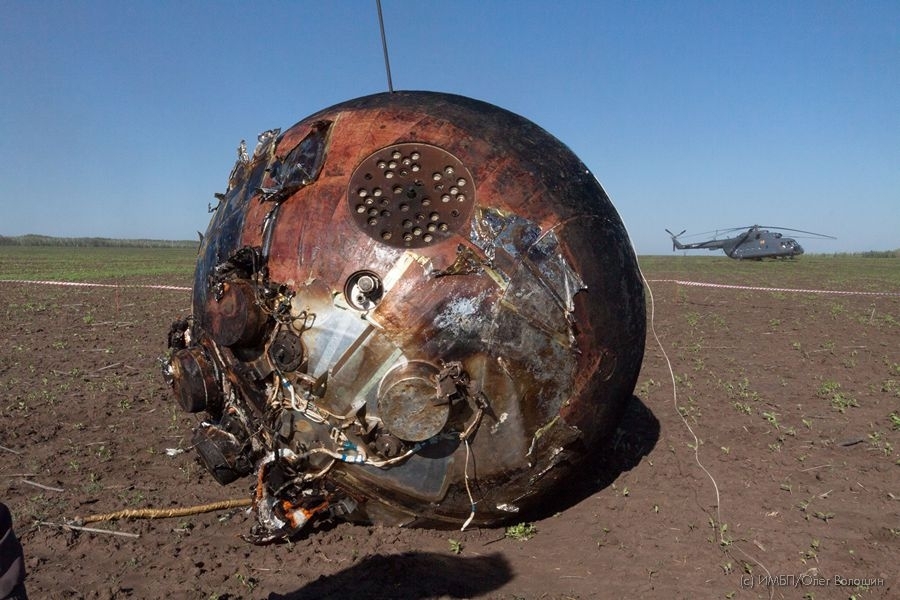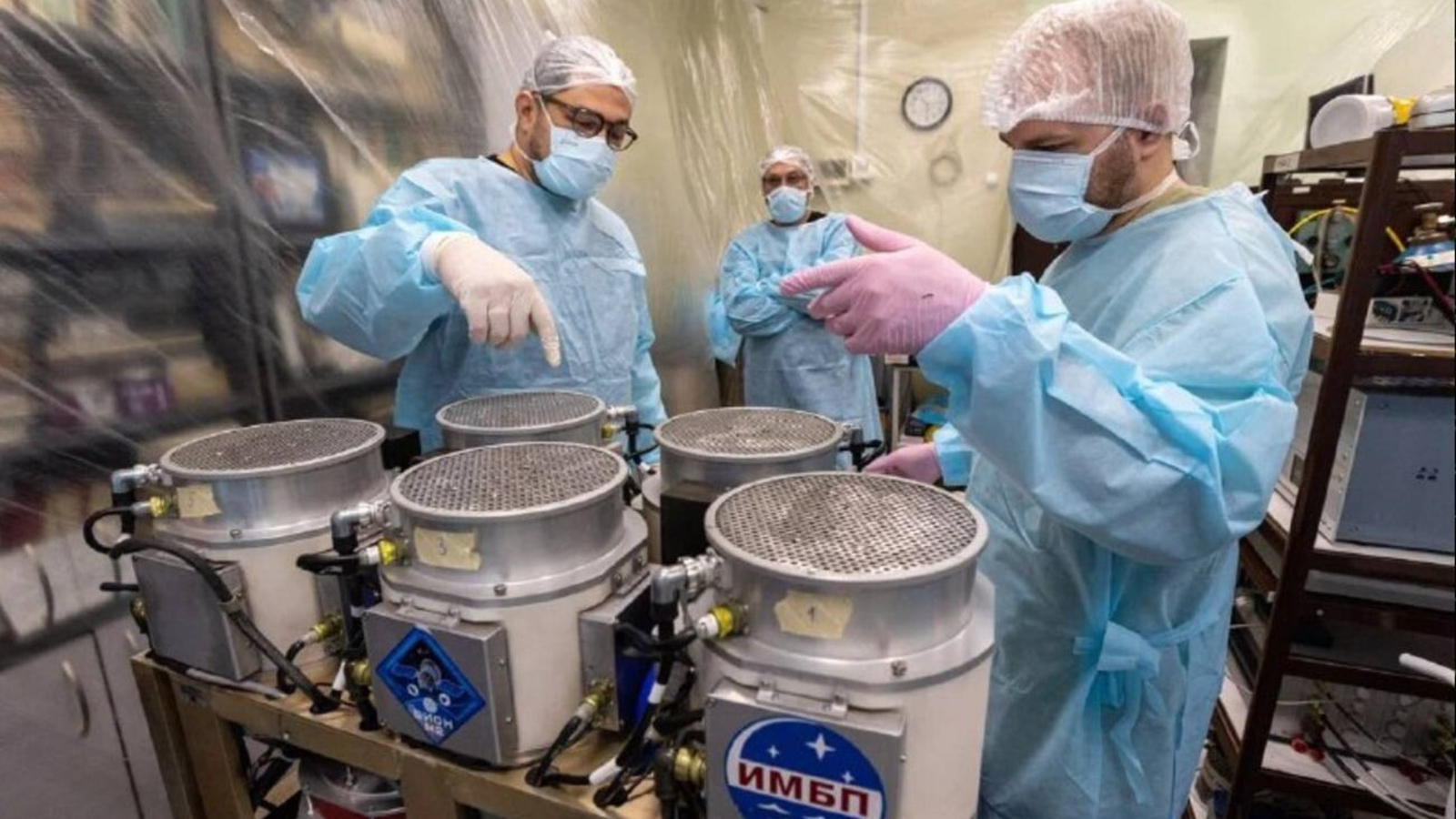Russia is preparing to loft a “miniature mouse hotel” into space.
The Bion-M No. 2 biosatellite is being readied for its planned Aug. 20 launch atop a Soyuz-2.1b rocket from Baikonur Cosmodrome in Kazakhstan. Onboard are 75 mice and other specimens to be exposed to 30 days of radiation before a parachute-aided return to Russia.
Bion-M No. 2 is being dubbed a “Noah’s Ark,” because it’s loaded with the mice, more than 1,000 fruit flies, cell cultures, microorganisms and plant seeds.
Moon simulants, too
Also onboard is a payload tied to future exploration of the moon.
The Vernadsky Institute of Geochemistry and Analytical Chemistry teamed with the Institute of Medical and Biological Problems (IMBP) to produce a container holding 16 test tubes. The vials hold lunar simulants – dust and rocks — that mimic surface materials found at high latitudes on the moon.
The lunar simulants will be evaluated after their return to Earth, to see how they were affected by the radiation and vacuum of space. This work will provide insight into moon construction ideas, according to Russian space officials.
Radiation susceptibility
According to the IMBP, the Bion-M No. 2 mission will gather a variety of data, including:
- Information on the effects of microgravity on organisms’ radiation susceptibility, which could aid planning for future deep-space missions;
- Data that could aid the development of adjusted requirements for astronaut medical support;
- Information on the biological effects of spaceflight that’s applicable to medicine here on Earth.

Of mice, men and women
Bion-M No. 2 will reportedly be lofted into a nearly circular orbit at an inclination of roughly 97 degrees — a pole-to-pole orbit — and remain in space for 30 days. That orbit will increase the level of cosmic radiation by at least an order of magnitude compared to that seen on the Bion-M No. 1 spacecraft launched back in April 2013. That spacecraft also remained in Earth orbit for 30 days but flew on a different orbit.

Scientists from the Space Research Institute (IKI) of the Russian Academy of sciences and IMBP will have put more than 10 experiments on the biosatellite.
Mice were chosen for several different reasons. Their genes are quite similar to those of human ones, their short life cycle allows researchers to trace the dynamics of changes across generations, and they have increased sensitivity to radiation, according to Roscosmos, Russia’s space agency.
Real-time data
Scientists have prepared three groups of mice. The first group will live in familiar conditions here on Earth. The second group will live in a ground laboratory in flight equipment, serving as a control group. The third group of mice will spend 30 days in orbit.
Researchers will receive real-time data on the condition of the rodents using special cameras and sensors inside the boxes that contain them. Each mouse-carrying unit is outfitted with feeding, lighting, ventilation and waste-disposal systems. Chips will be implanted in some rodents.

After the mice return to Earth, researchers will study how they adapted to space and readapted post-flight.
Roscosmos noted that the mission will assist scientists in appraising how spaceflight affects living organisms, in an environment where radiation levels are approximately 30% higher than other near-Earth orbits. This type of data is viewed as central to prepare humans for long-distance spaceflight.
